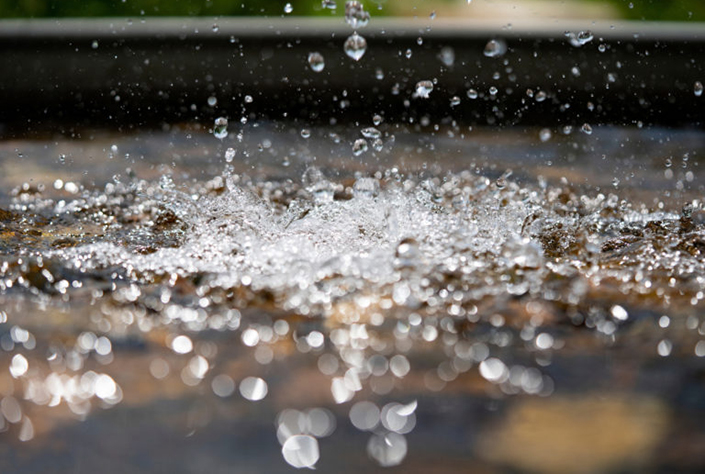Cleaning up ‘forever chemicals’: Plant-based material can eat PFAs

A novel bioremediation technology for cleaning up per- and polyfluoroalkyl substances, or PFAS, chemical pollutants that threaten human health and ecosystem sustainability, has been developed by Texas A&M AgriLife researchers. The material has potential for commercial application for disposing of PFAS, also known as “forever chemicals.”
Published July 28 in Nature Communications, the research was a collaboration of Susie Dai, associate professor in the Texas A&M Department of Plant Pathology and Microbiology, and Joshua Yuan, chair and professor in Washington University in St. Louis Department of Energy, Environmental and Chemical Engineering, formerly with the Texas A&M Department of Plant Pathology and Microbiology.
A grant from the National Institute of Environmental Health Sciences and support from Texas A&M AgriLife funded the work.
PFAS are used in many applications such as food wrappers and packaging, dental floss, fire-fighting foam, nonstick cookware, textiles and electronics. These days, PFAS are widely distributed in the environment from manufacturing or from products containing the chemicals, said Dai.
But, according to the U.S. Environmental Protection Agency, EPA, scientific studies show that, at certain levels, some of these chemicals can be harmful to humans and wildlife. Health effects might include:
- Reproductive effects such as decreased fertility or increased high blood pressure in pregnant women.
- Developmental effects or delays in children, including low birth weight, accelerated puberty, bone variations or behavioral changes.
- Increased risk of some cancers, including prostate, kidney and testicular cancers.
- Reduced ability of the body’s immune system to fight infections, including reduced vaccine response.
- Interference with the body’s natural hormones.
- Increased cholesterol levels and/or risk of obesity.
“PFAS do not degrade easily in the environment and are toxic even at trace level concentrations,” said Dai. “They must be removed and destroyed to prevent human exposure and negative impacts on the ecosystem.
“PFAS are so stable because they are composed of a chain of carbon and fluorine atoms linked together, and the carbon-fluorine bond is one of the strongest chemical bonds. They can occur in water at a very low concentration and you have to concentrate them and then destroy them.”
The current way to destroy them is to burn them, an expensive multistep process. Commercial products such as active carbon are used as a clean-up material to adsorb the PFAS compounds. The material is then sent to be incinerated.
Dai and Yuan developed a technique of using a plant-derived material to adsorb the PFAS and dispose of them with microbial fungi that literally eat the “forever chemicals.”
“We produced a sustainable plant material that could be used to concentrate the PFAS chemicals,” said Dai.
“The plant’s cell wall material serves as a framework to adsorb the PFAS,” she said. “Then this material and the adsorbed chemical serve as food for a microbial fungus. The fungus eats it, it’s gone, and you don’t have the disposal problem. Basically, the fungus is doing the detoxification process.”
This is a sustainable treatment system with a powerful potential to remove harmful chemicals to protect human health and the ecosystem in a non-toxic, more cost-effective way, said Dai.

